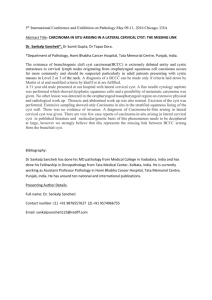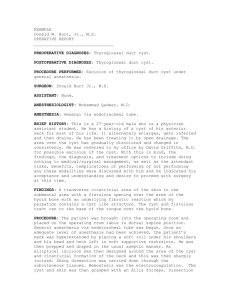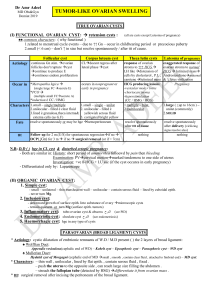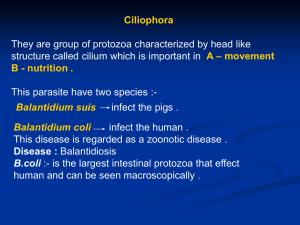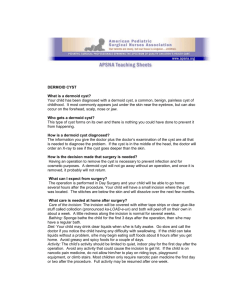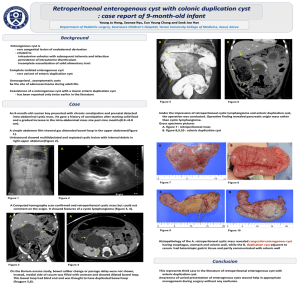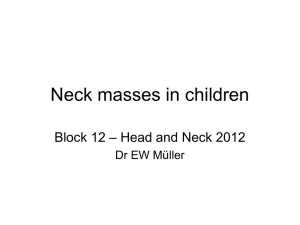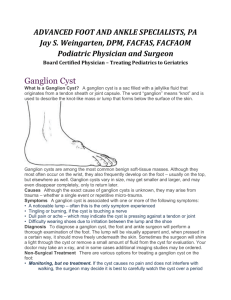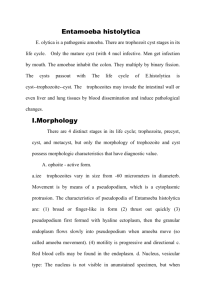Mapping of Alexandrium catenella cysts to enhance
advertisement
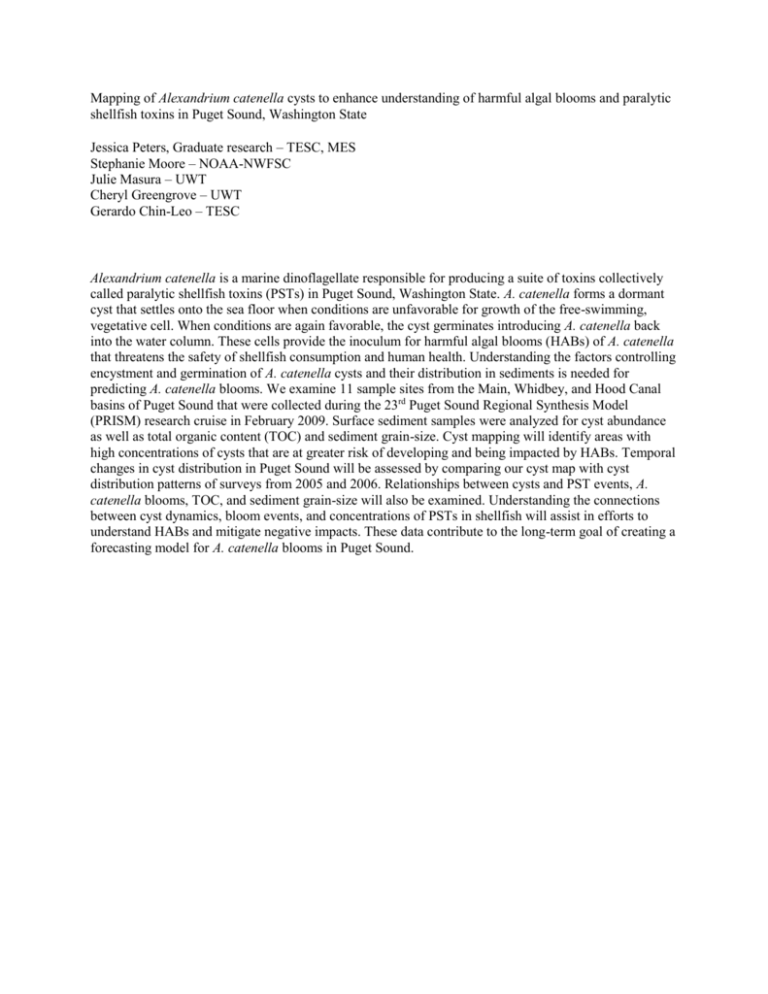
Mapping of Alexandrium catenella cysts to enhance understanding of harmful algal blooms and paralytic shellfish toxins in Puget Sound, Washington State Jessica Peters, Graduate research – TESC, MES Stephanie Moore – NOAA-NWFSC Julie Masura – UWT Cheryl Greengrove – UWT Gerardo Chin-Leo – TESC Alexandrium catenella is a marine dinoflagellate responsible for producing a suite of toxins collectively called paralytic shellfish toxins (PSTs) in Puget Sound, Washington State. A. catenella forms a dormant cyst that settles onto the sea floor when conditions are unfavorable for growth of the free-swimming, vegetative cell. When conditions are again favorable, the cyst germinates introducing A. catenella back into the water column. These cells provide the inoculum for harmful algal blooms (HABs) of A. catenella that threatens the safety of shellfish consumption and human health. Understanding the factors controlling encystment and germination of A. catenella cysts and their distribution in sediments is needed for predicting A. catenella blooms. We examine 11 sample sites from the Main, Whidbey, and Hood Canal basins of Puget Sound that were collected during the 23rd Puget Sound Regional Synthesis Model (PRISM) research cruise in February 2009. Surface sediment samples were analyzed for cyst abundance as well as total organic content (TOC) and sediment grain-size. Cyst mapping will identify areas with high concentrations of cysts that are at greater risk of developing and being impacted by HABs. Temporal changes in cyst distribution in Puget Sound will be assessed by comparing our cyst map with cyst distribution patterns of surveys from 2005 and 2006. Relationships between cysts and PST events, A. catenella blooms, TOC, and sediment grain-size will also be examined. Understanding the connections between cyst dynamics, bloom events, and concentrations of PSTs in shellfish will assist in efforts to understand HABs and mitigate negative impacts. These data contribute to the long-term goal of creating a forecasting model for A. catenella blooms in Puget Sound.


